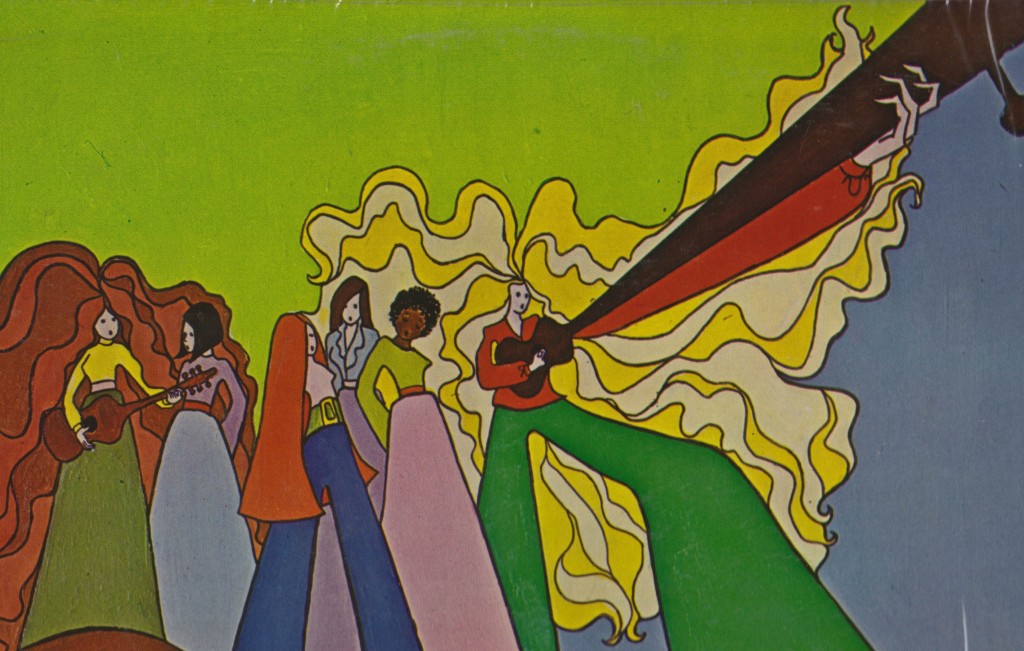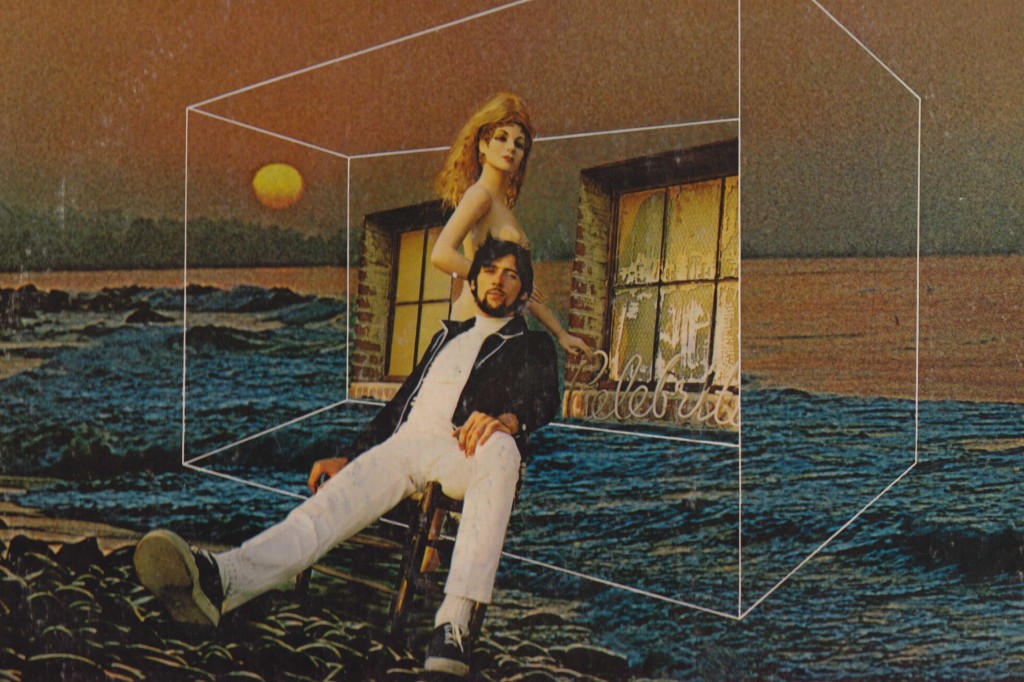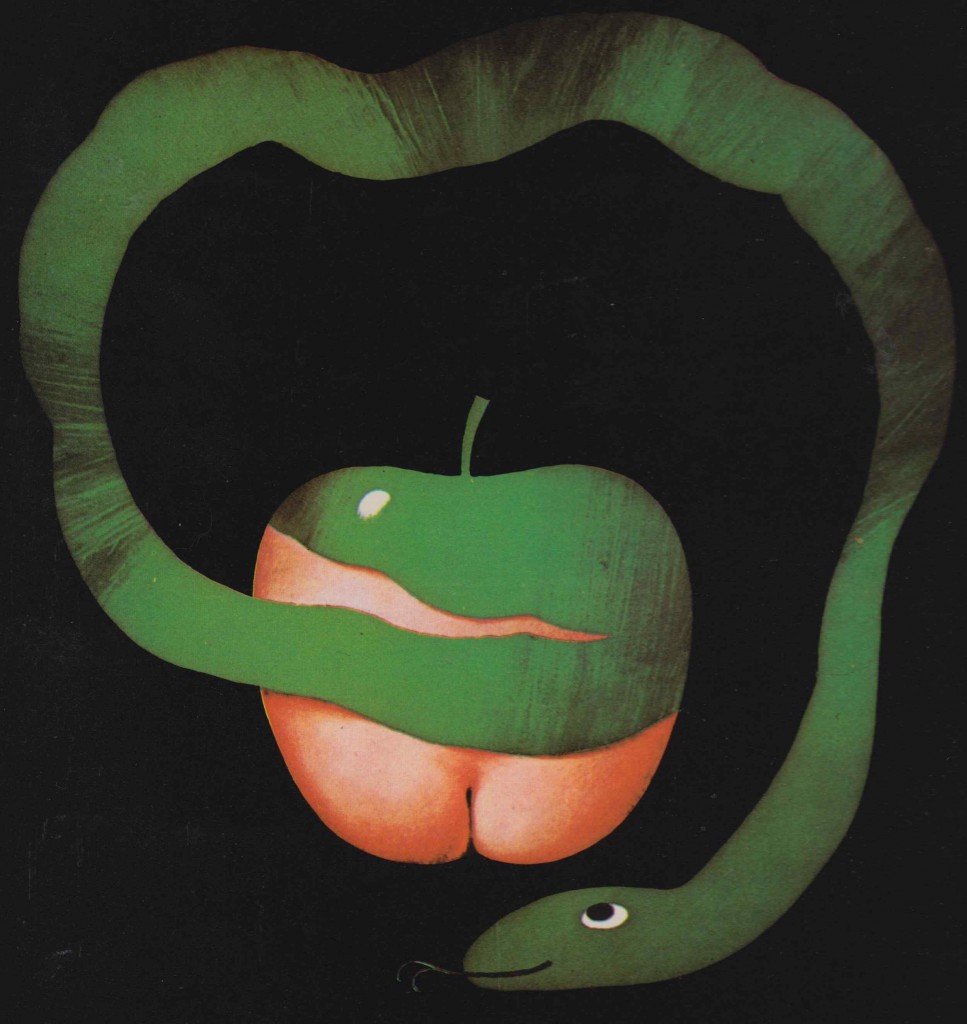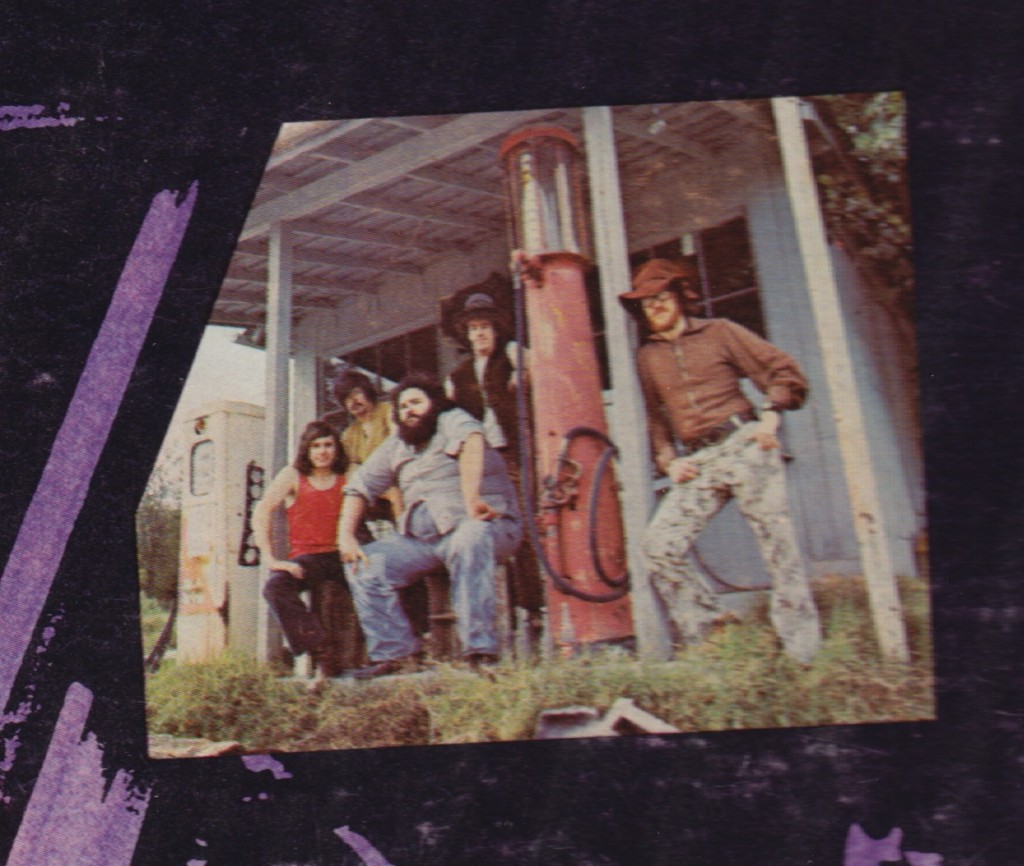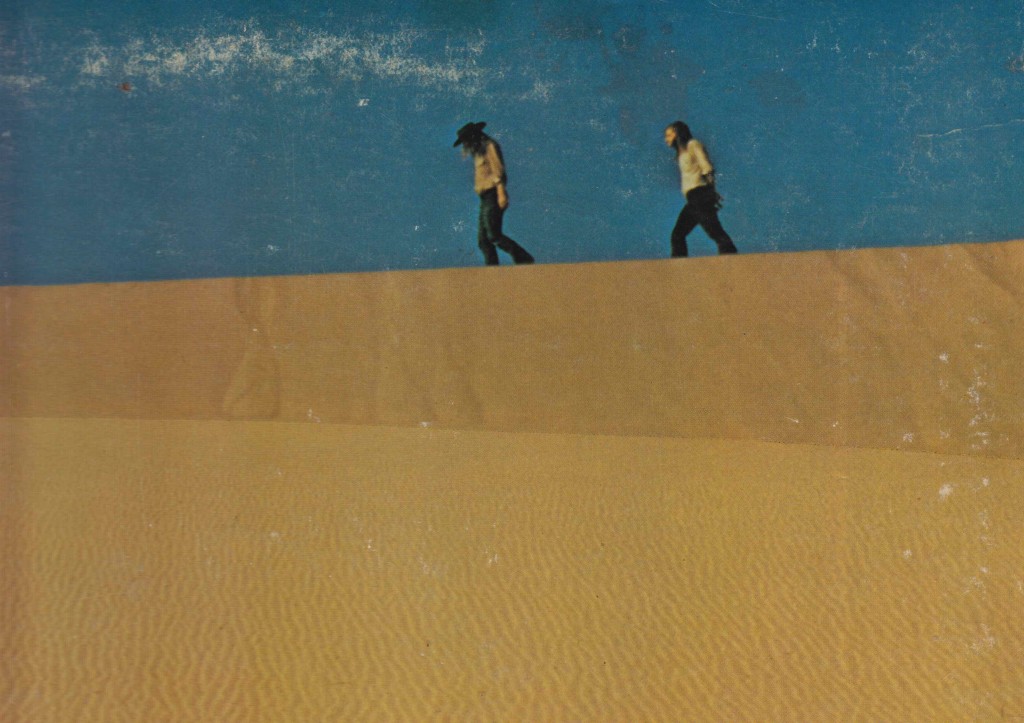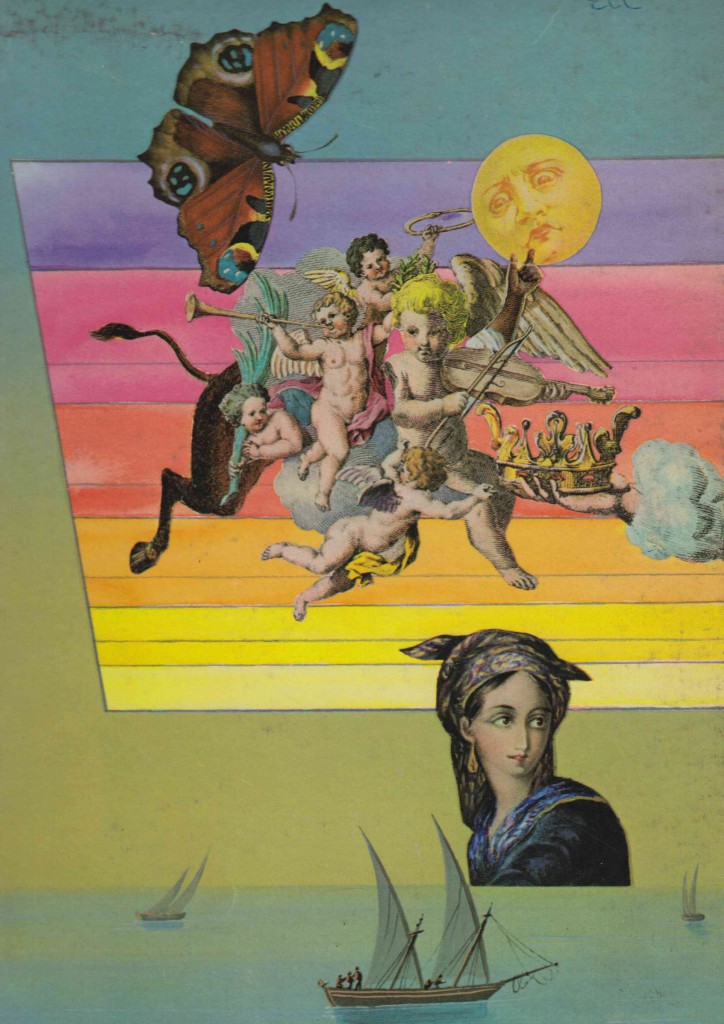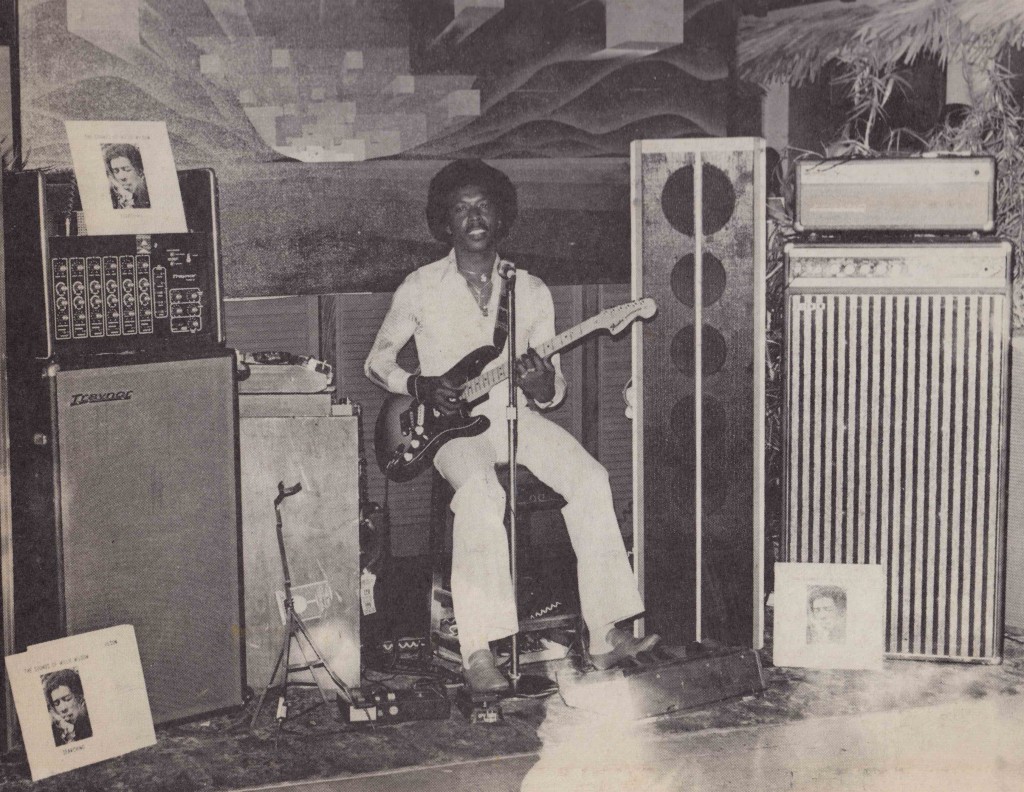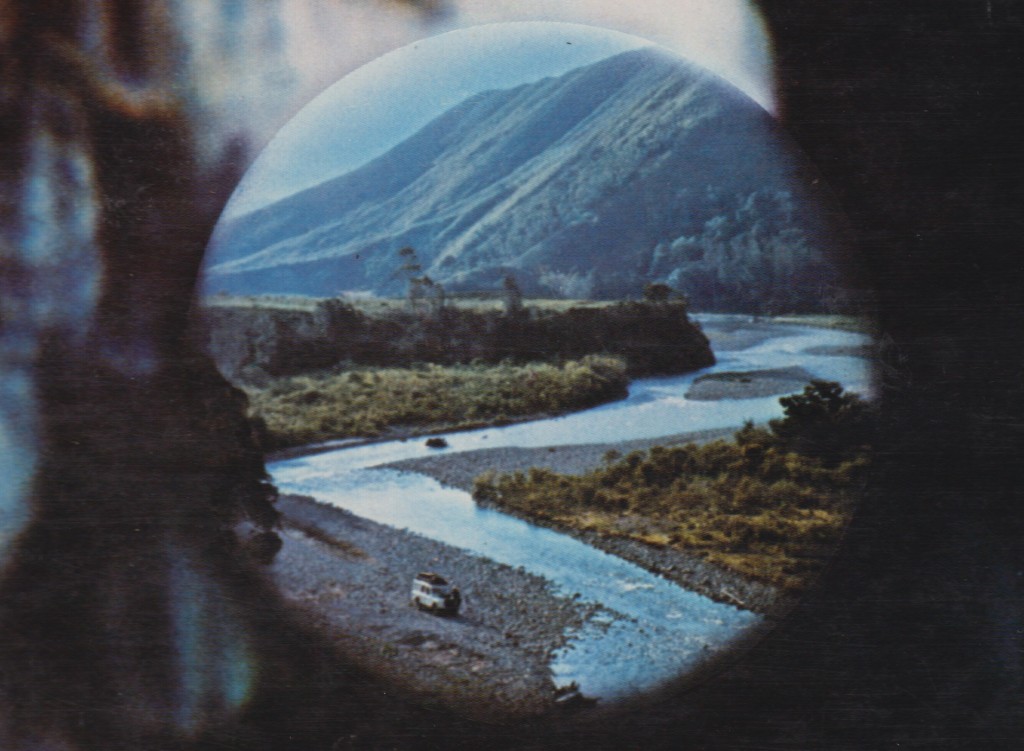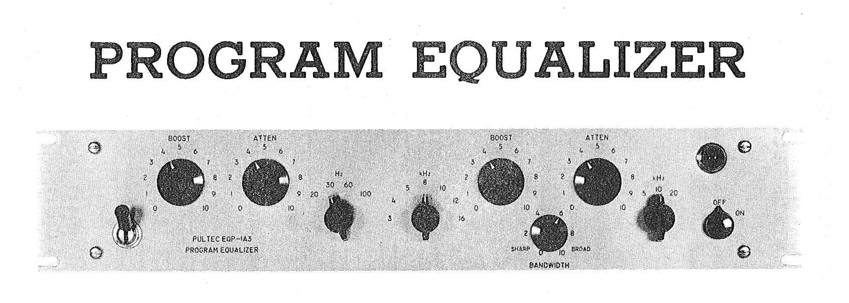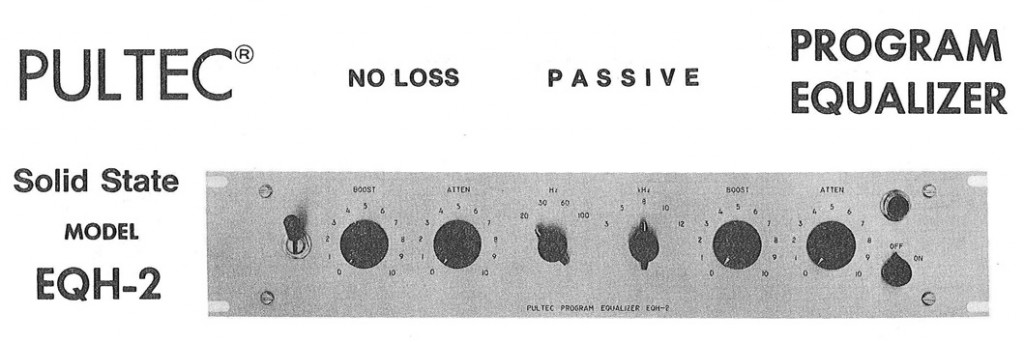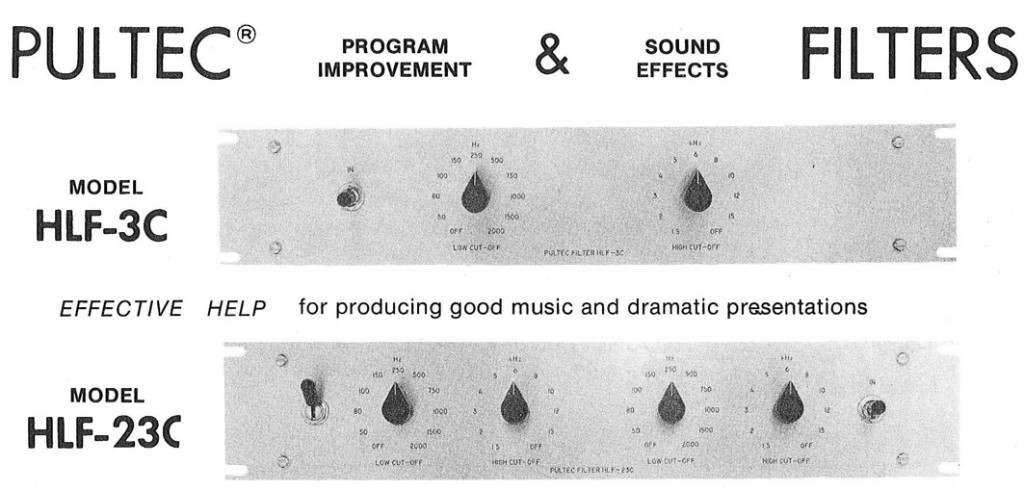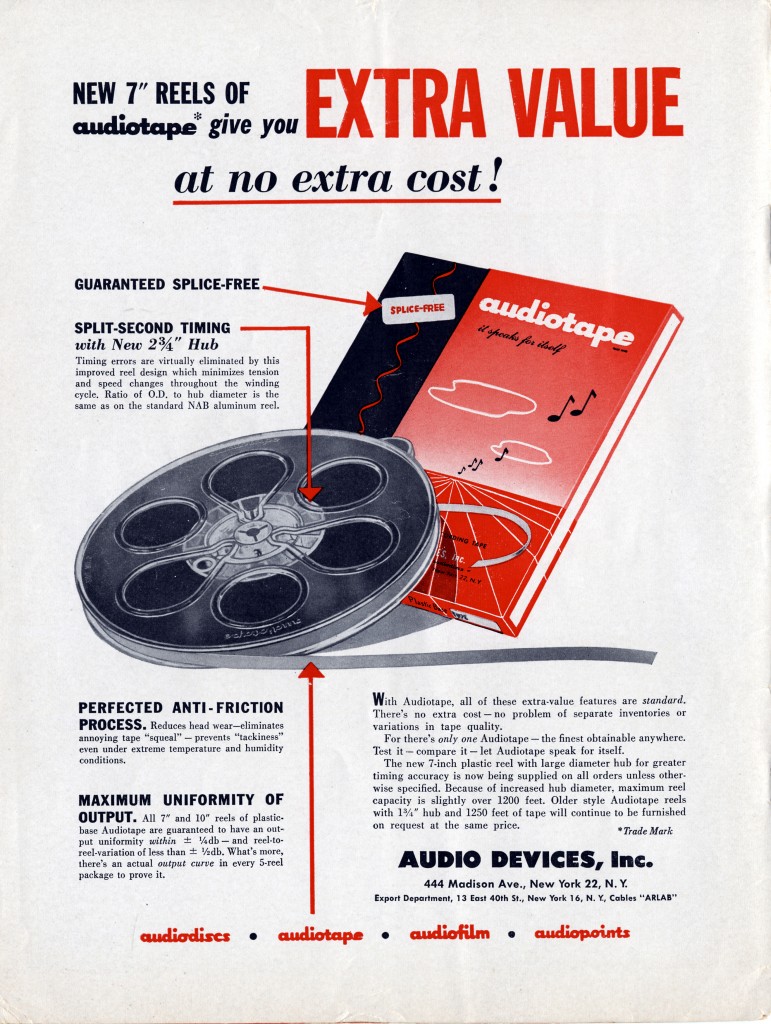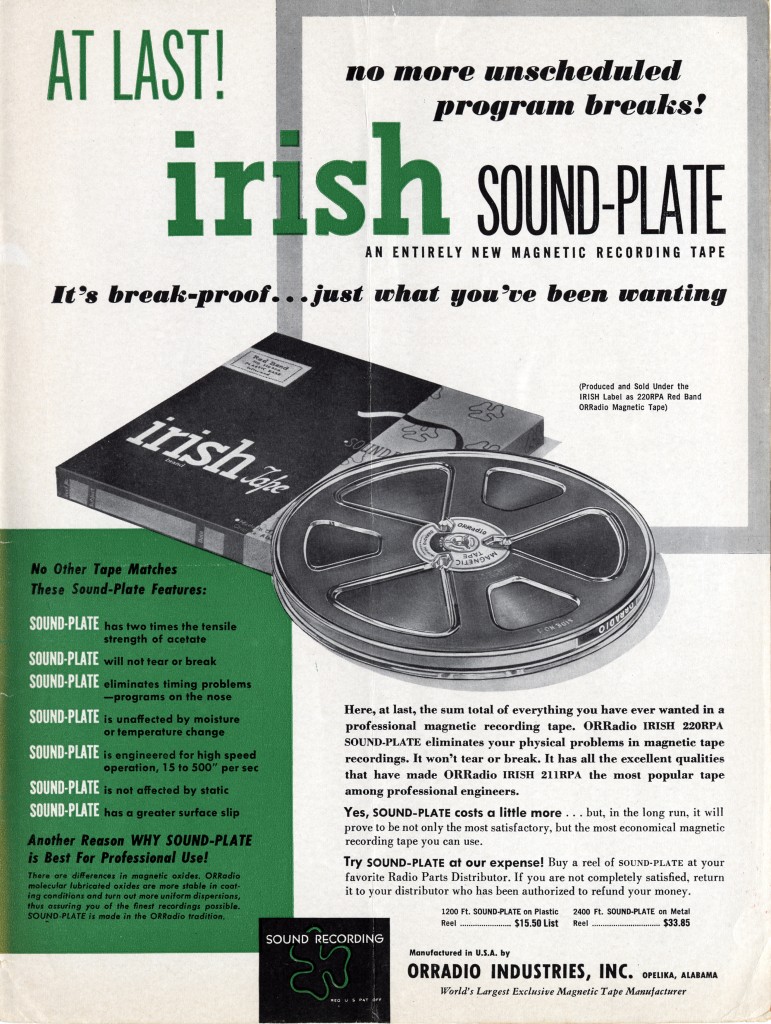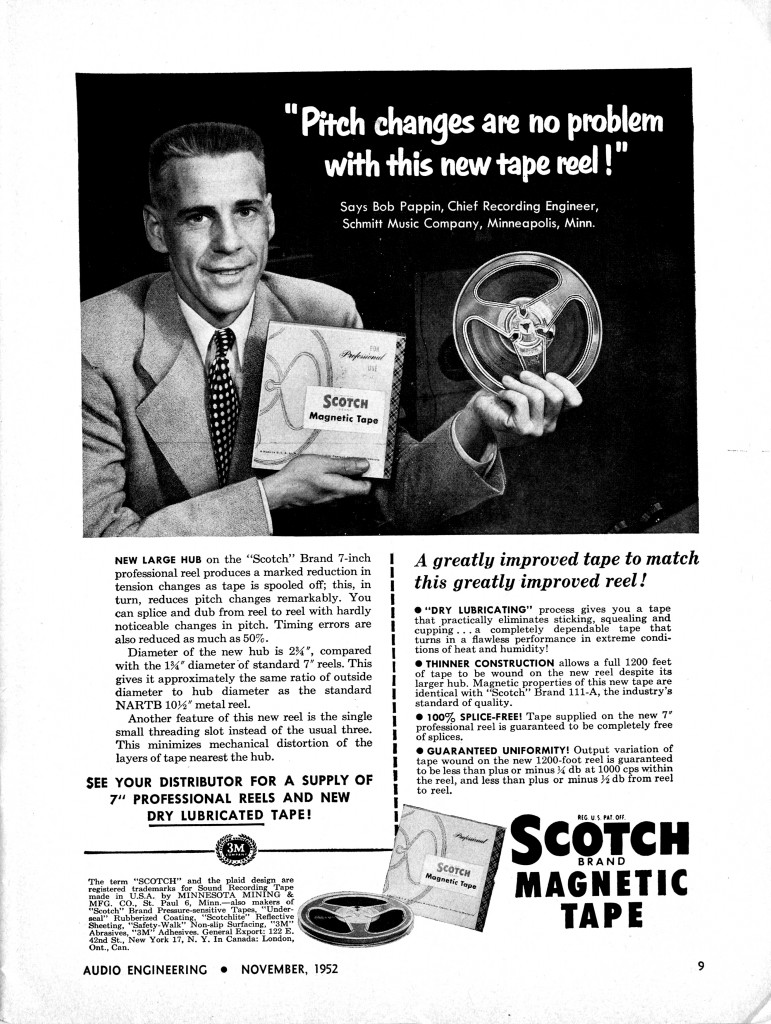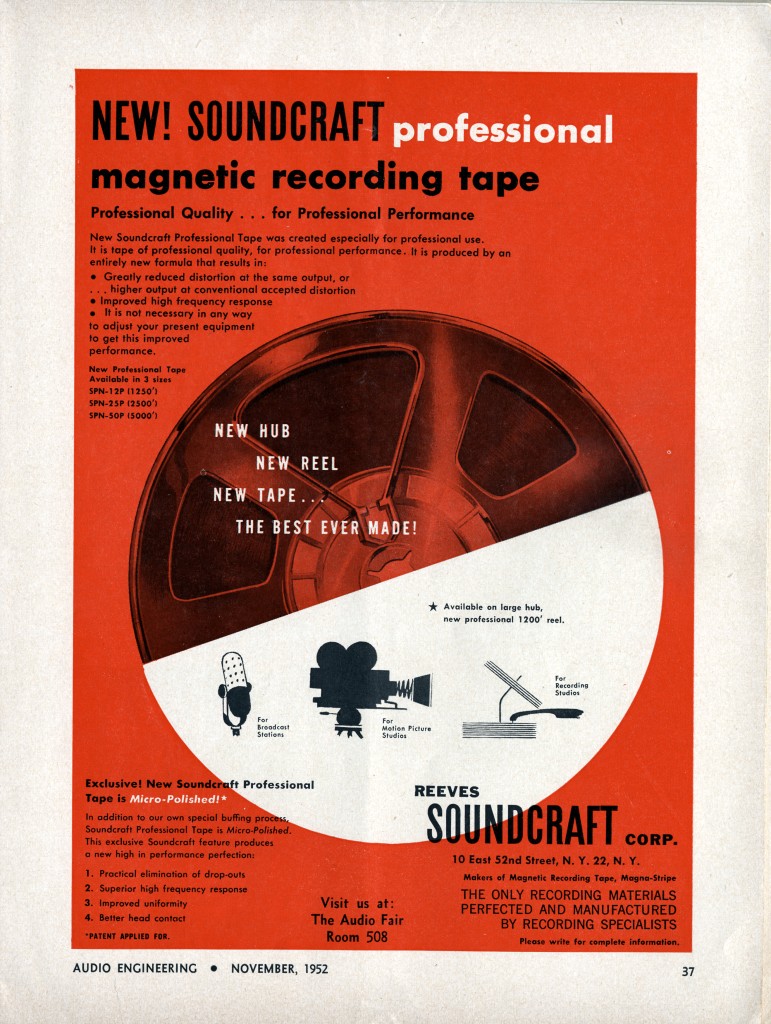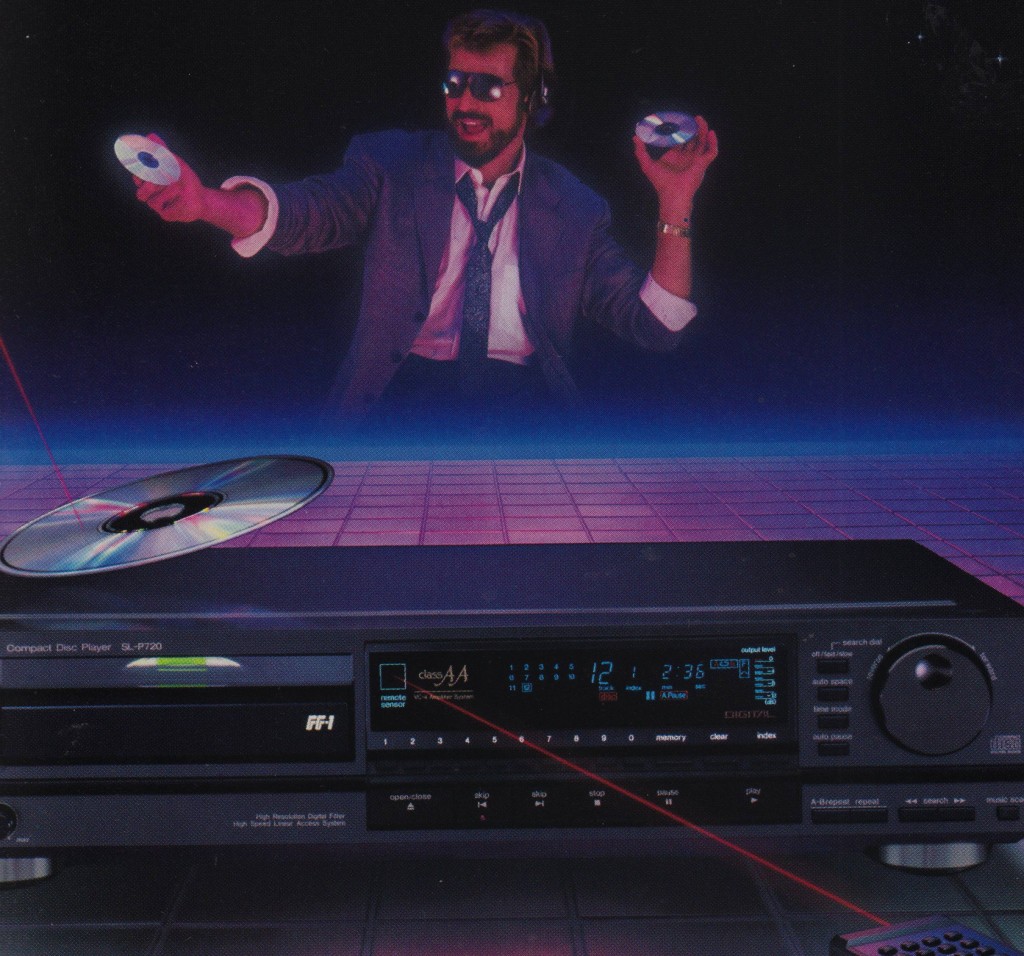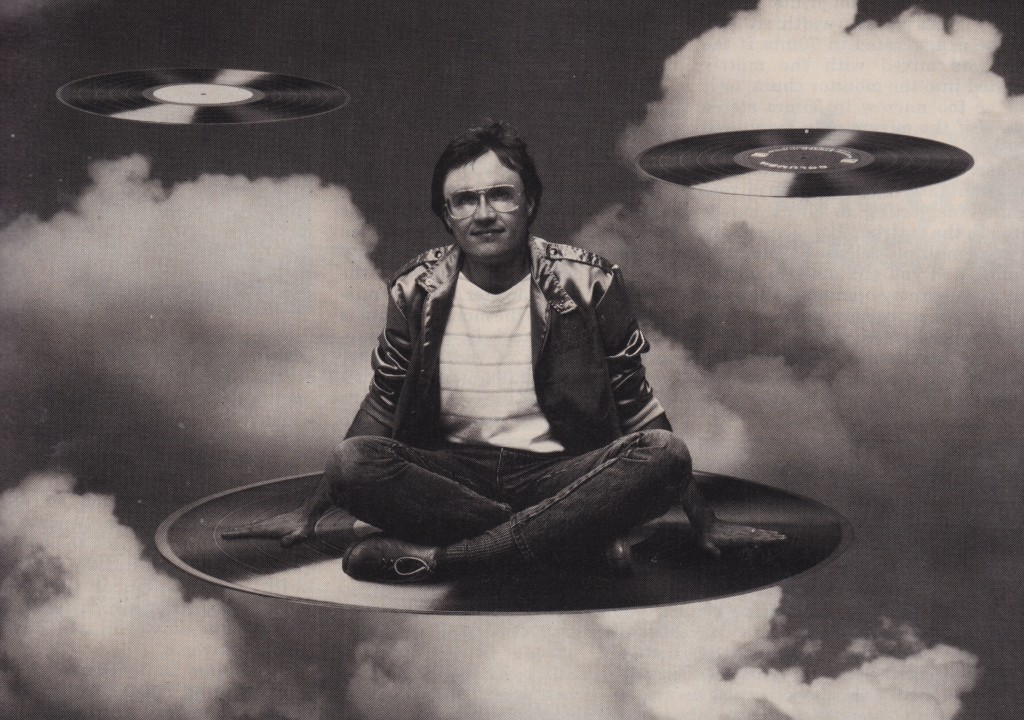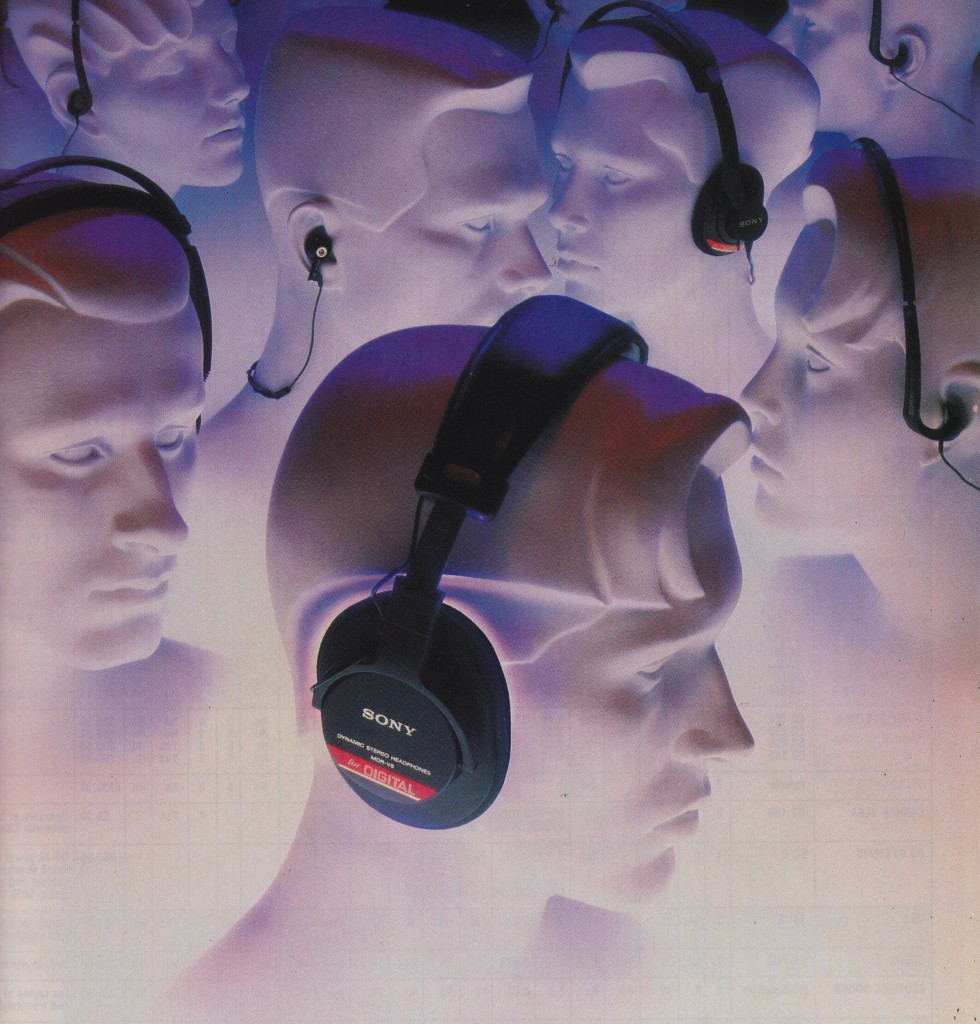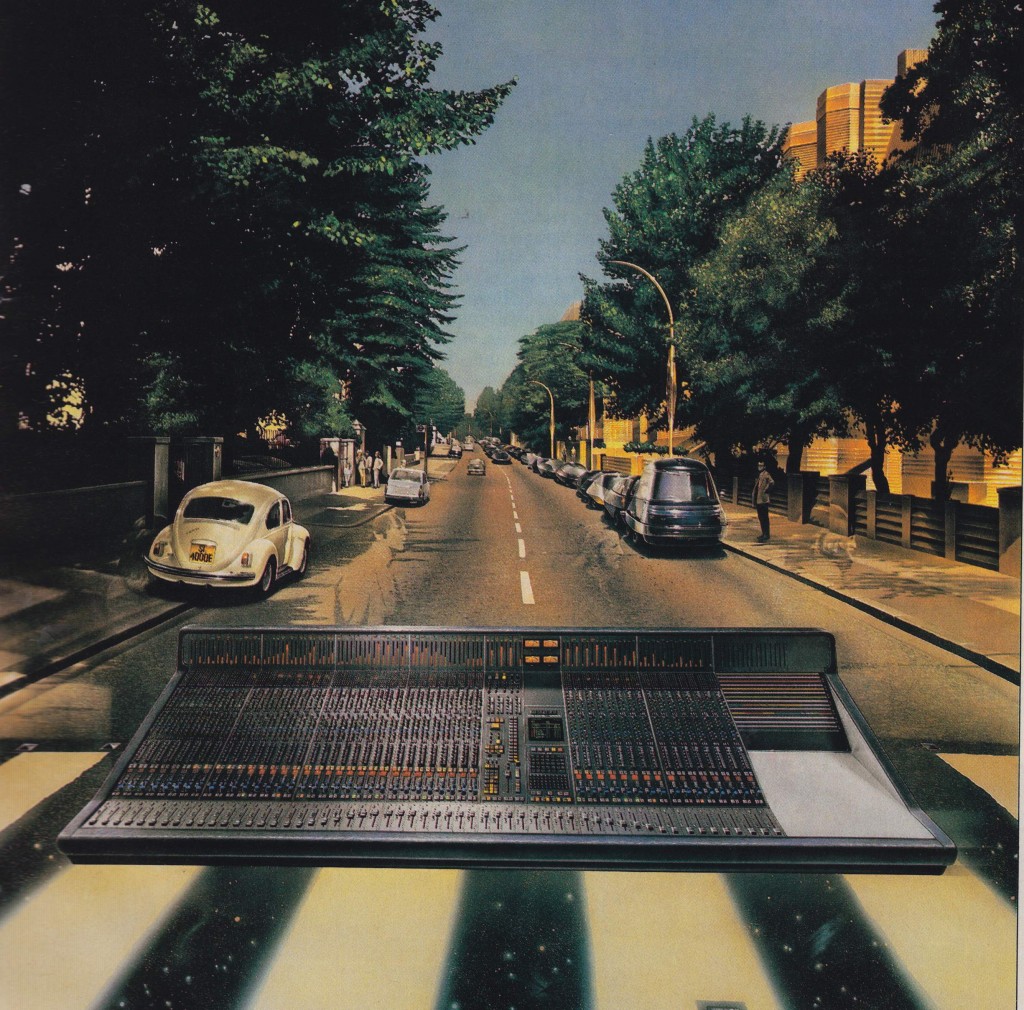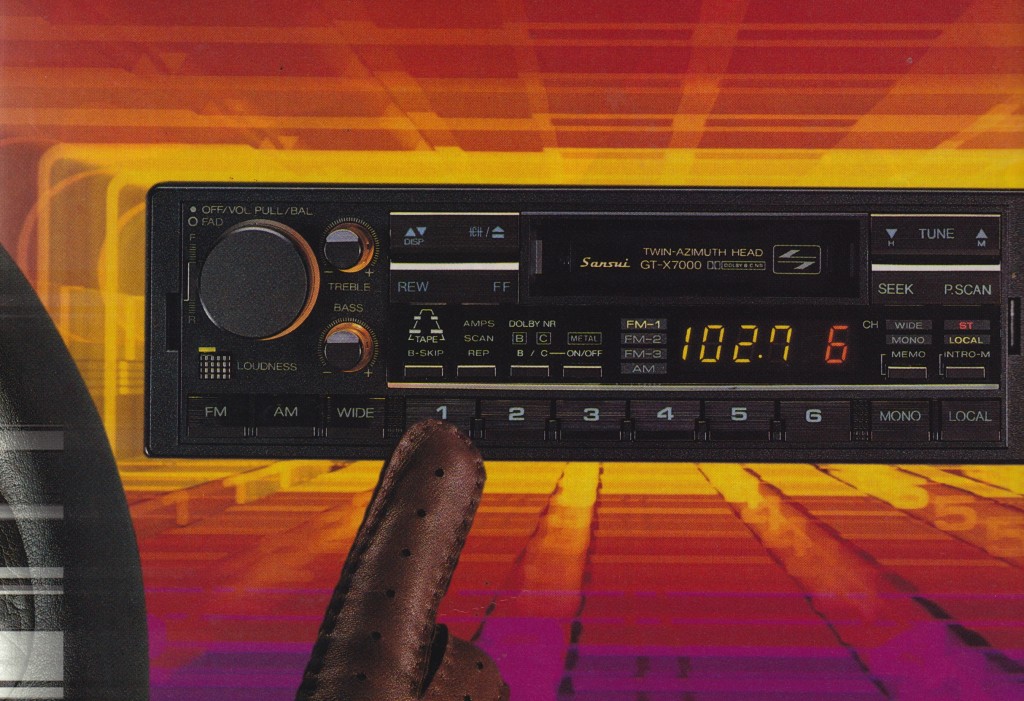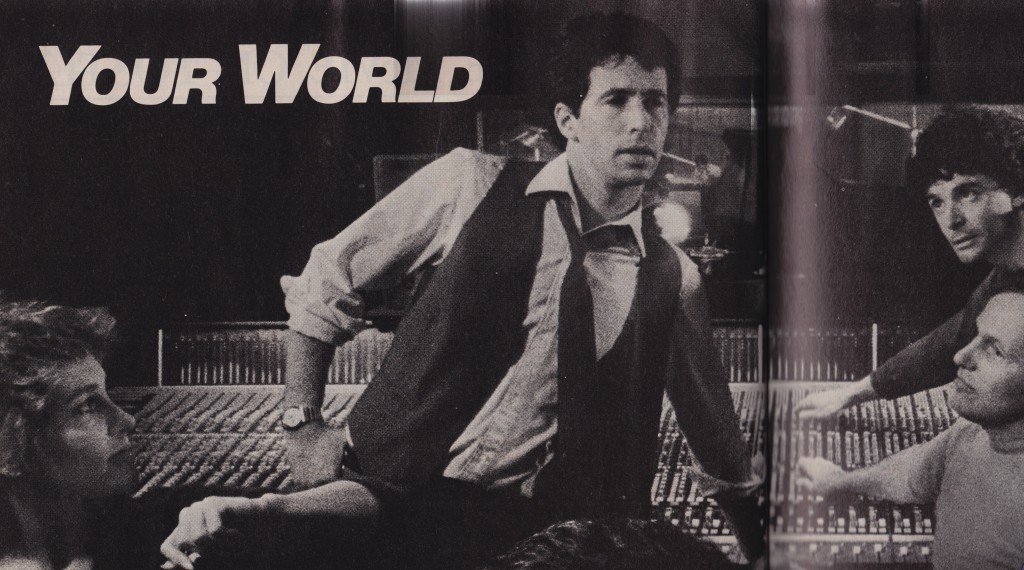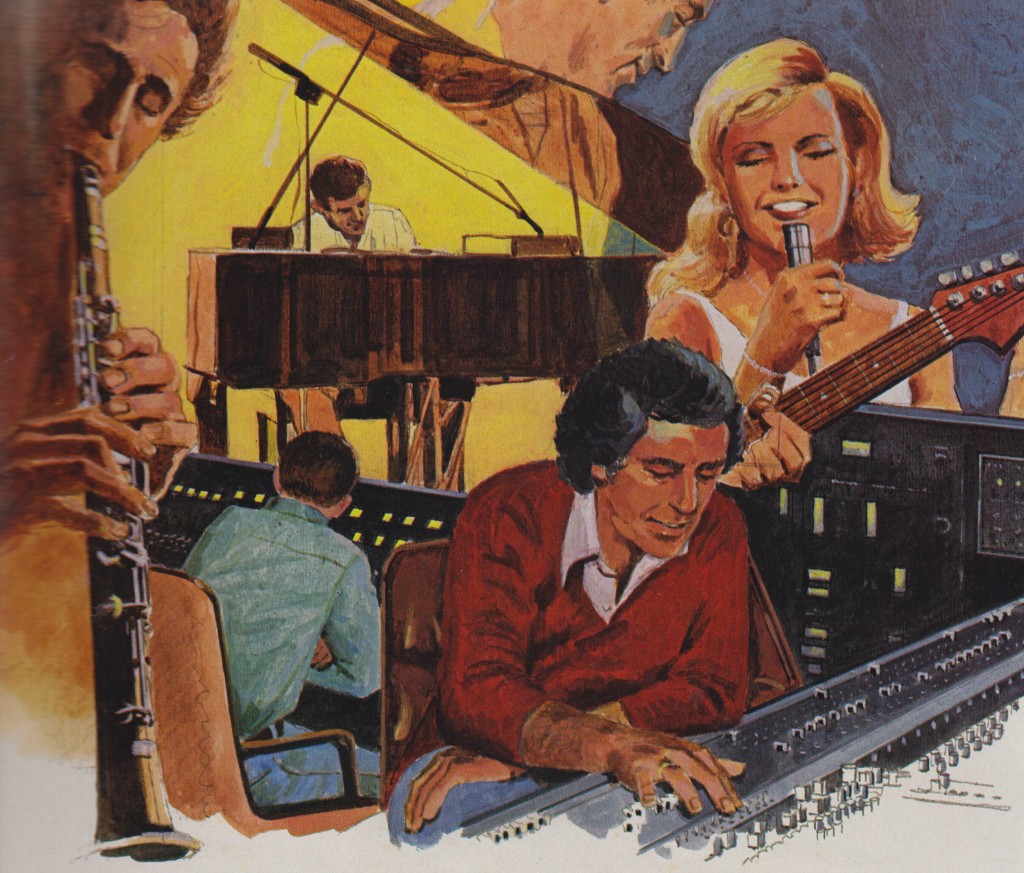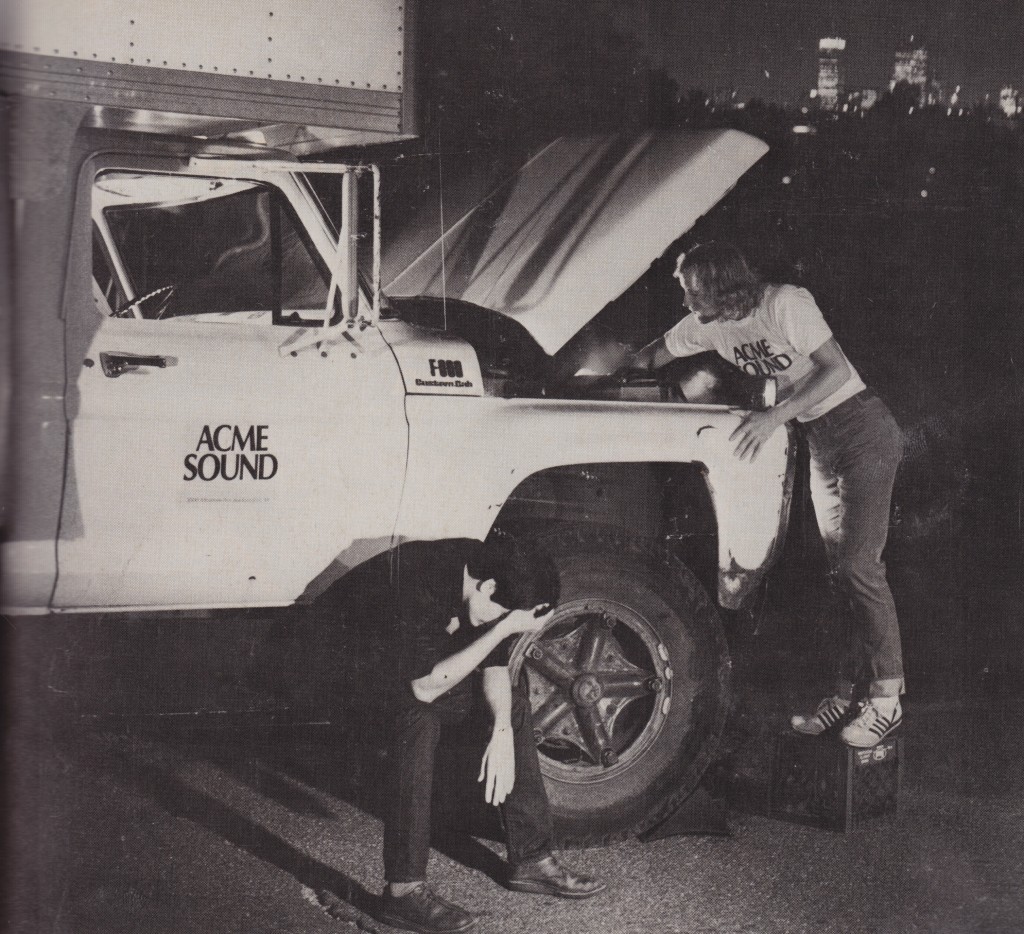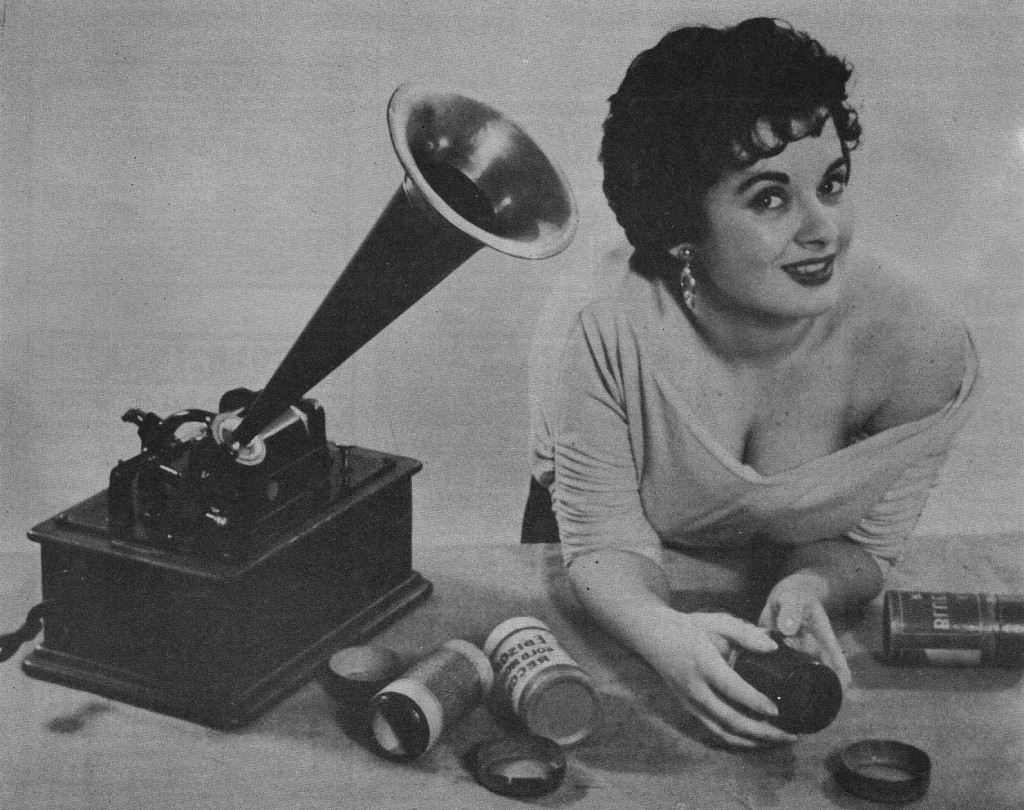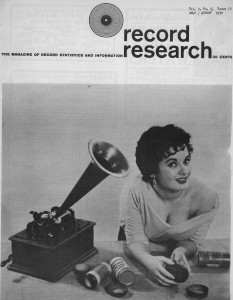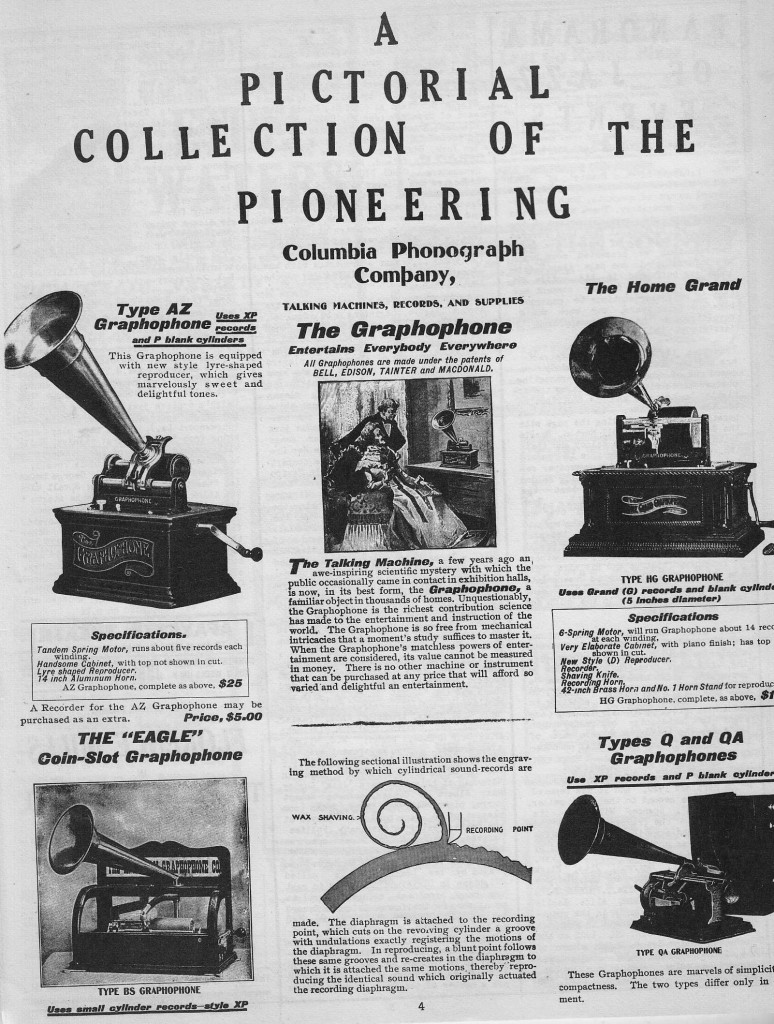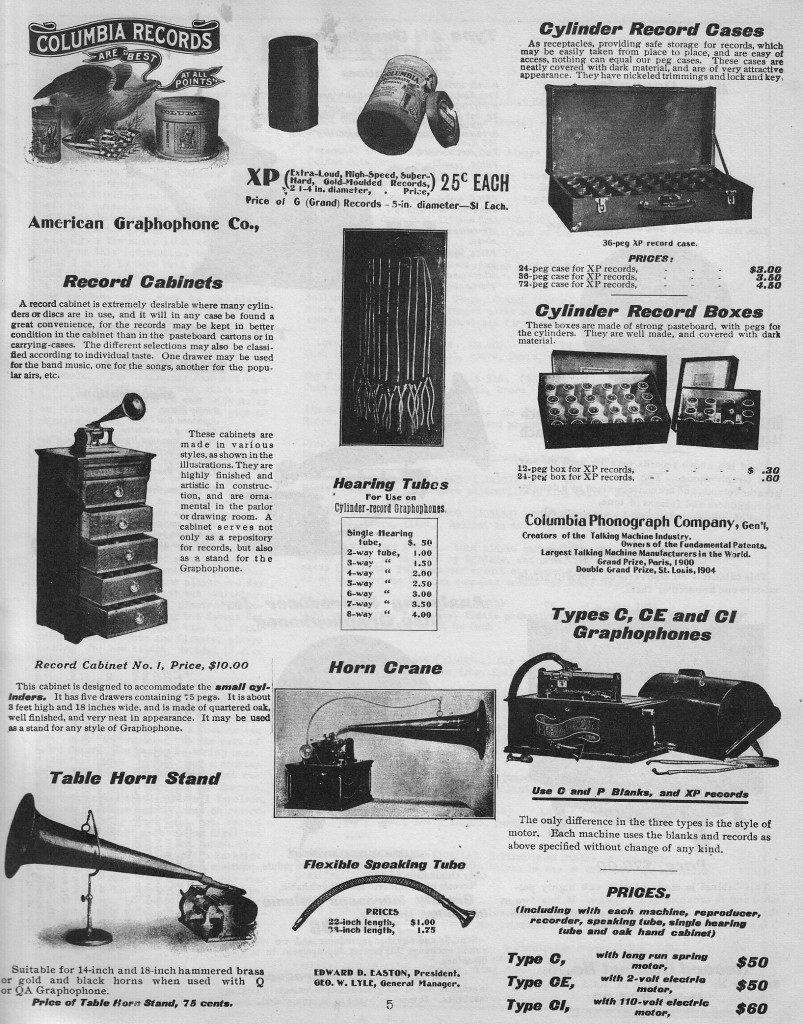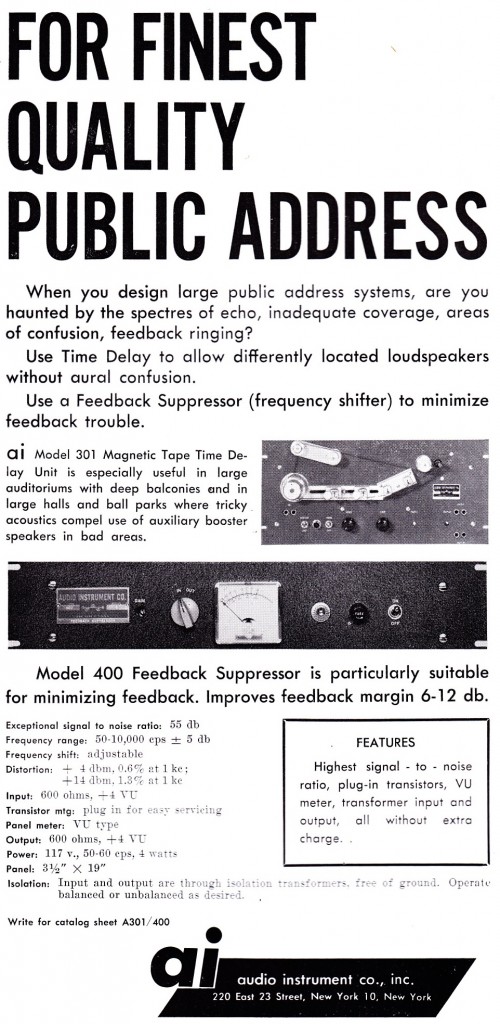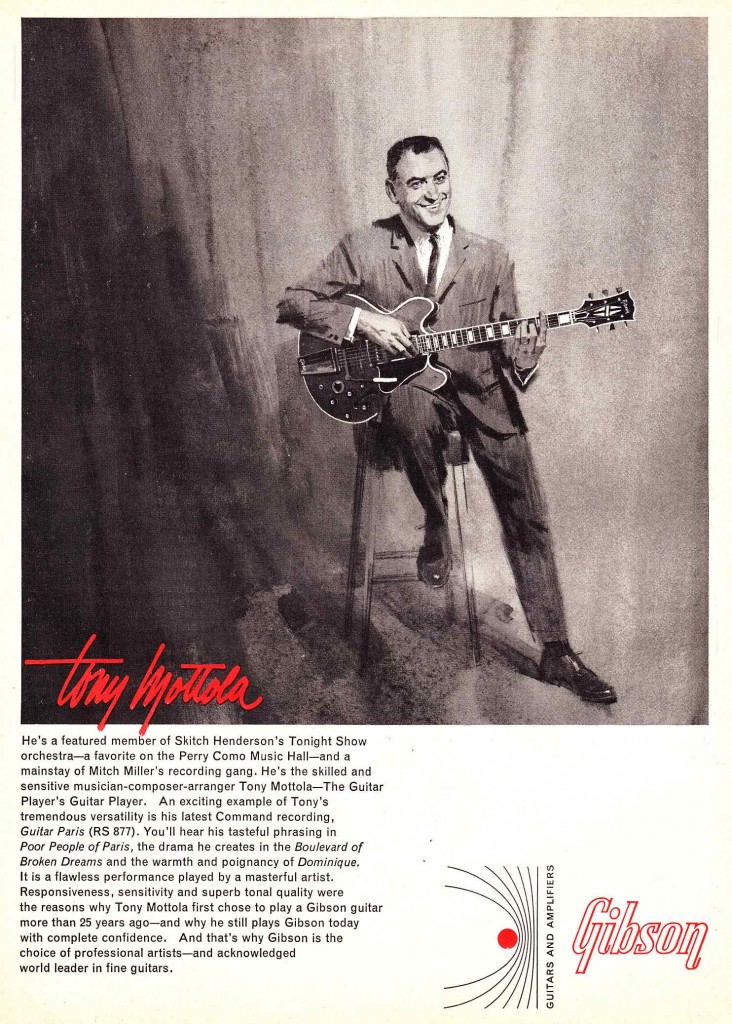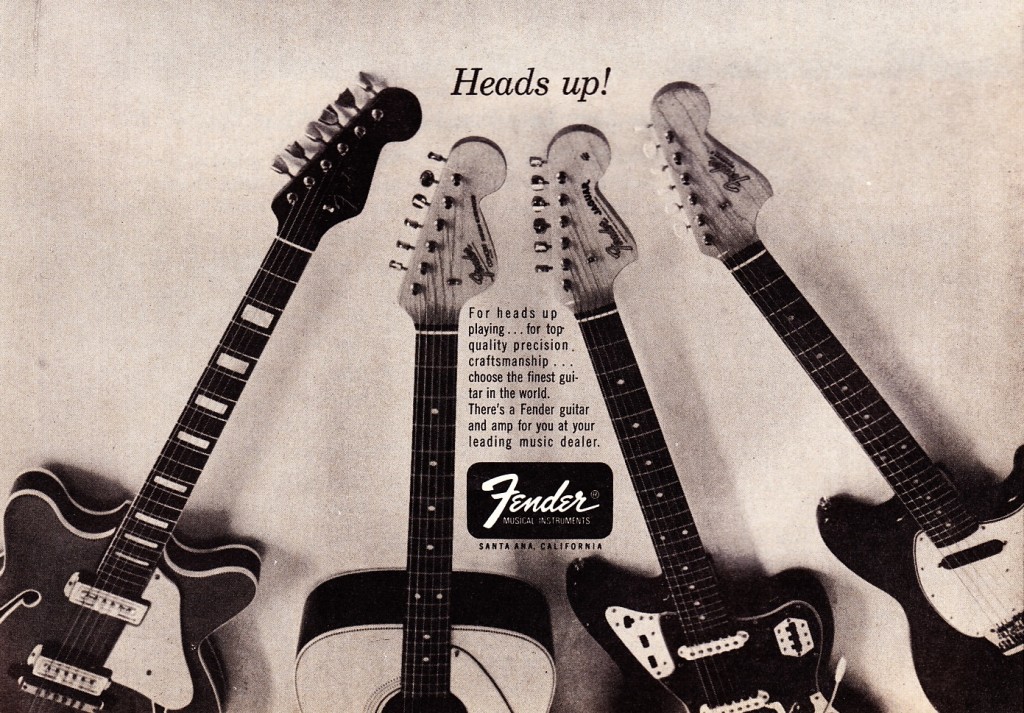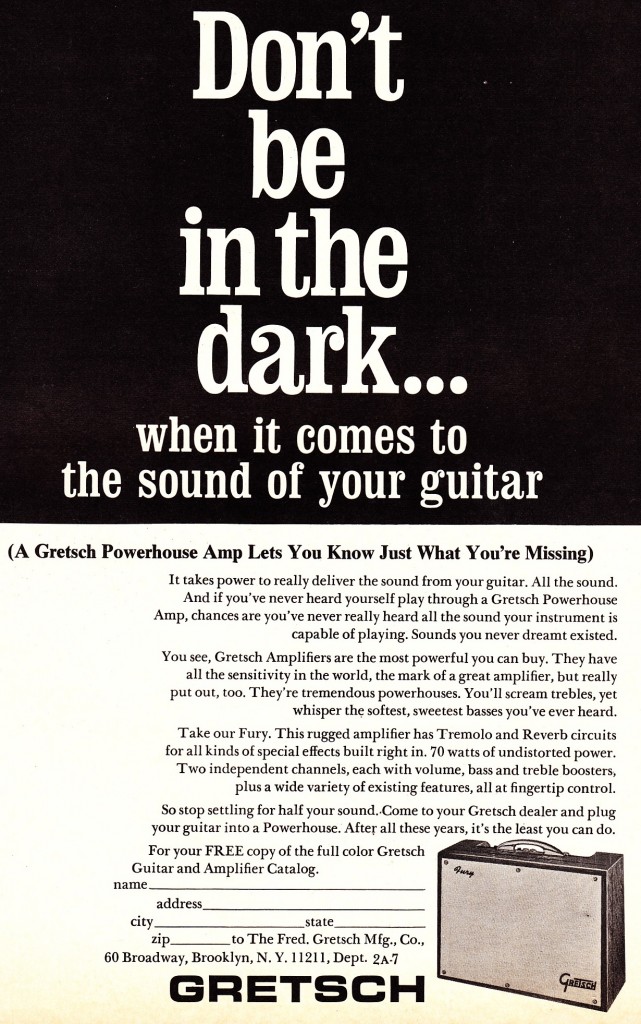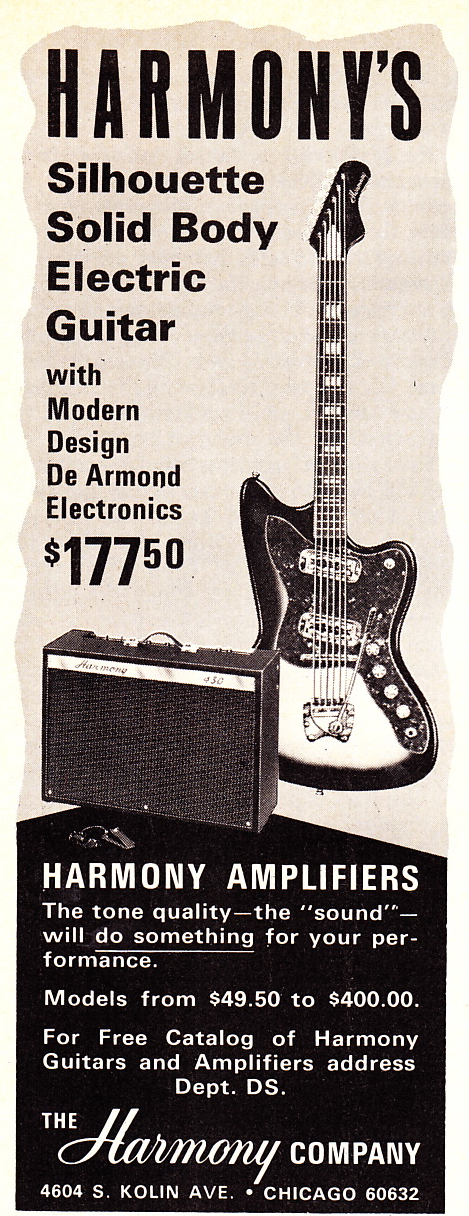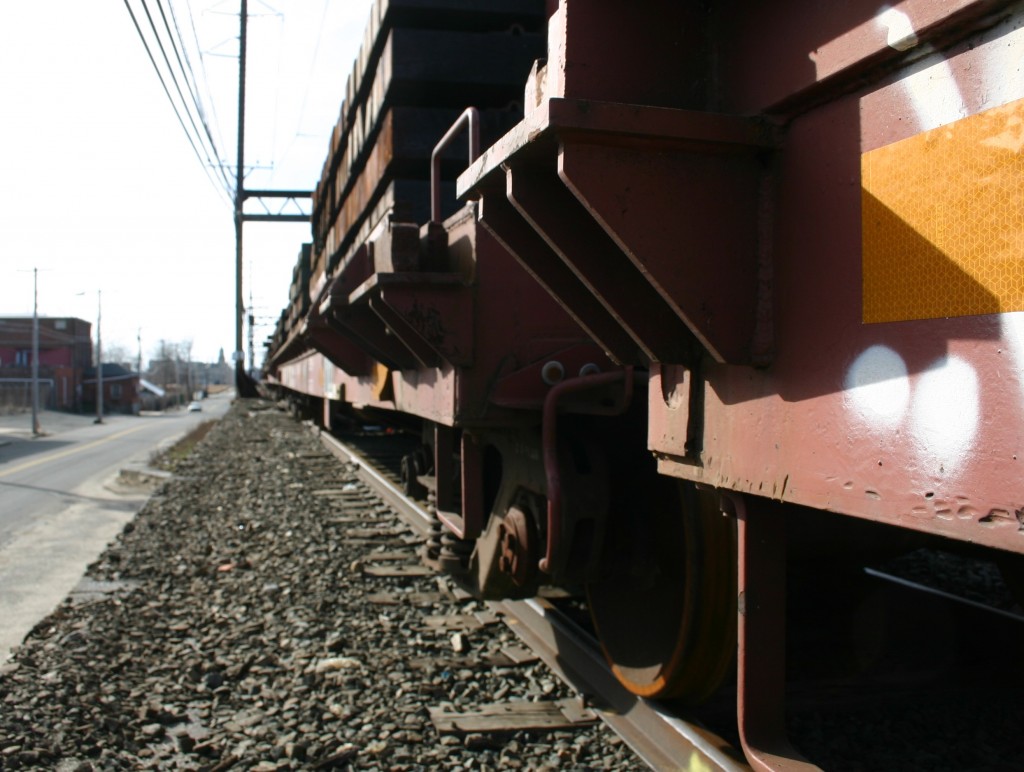 Above: the view along Crescent ave from the intersection of Crescent and Bunnell, where a later Scully Recording Instruments Corp. plant once stood.
Above: the view along Crescent ave from the intersection of Crescent and Bunnell, where a later Scully Recording Instruments Corp. plant once stood.
Last weekend I stopped by 305 Knowlton, a gallery/artist-studio-building nearby my studio Gold Coast Recorders; there was a flea-market/craft-fair event happening at 305. My friend J and I bought some records from MT (who is in all likelihood the first person I ever bought a used record from, some twenty-plus years ago…): I picked up Obscured By Clouds, Booker T and The MG’s ‘Uptight’ soundtrack, and a Ma Rainey Comp. I asked J if he wanted to take a ride to see some local history, and within a minute we pulled up next to this impressive but nondescript building. “What’s this?” asked J. My response: ‘those old records in your lap – they were most likely created using machines designed and built in this very building.’
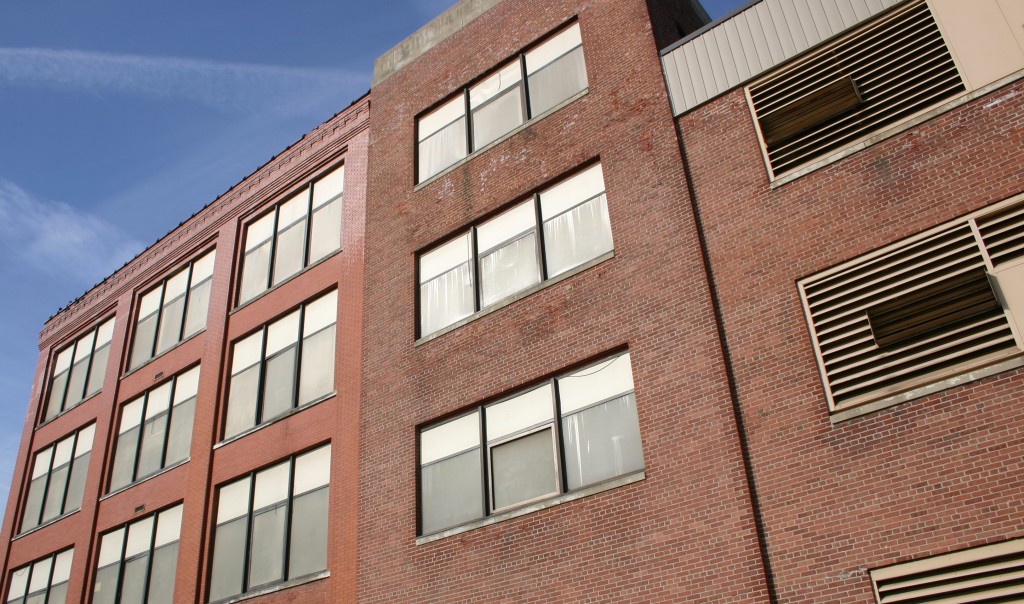 This is the Walter Street address once occupied by the Scully Recording Instruments Corporation (h.f. SRIC). As far as I can tell, SRIC dominated the US vinyl lathe market for most of the 20th century. Not much has been documented about the history of this important company, but we can conjecture a few reasons why they may have sprouted in this unlikely spot. East Bridgeport was developed and built by PT Barnum (yup, the Circus-impresario) largely to support the mid-19th century sewing machine industry, especially the works of Elias Howe. Howe’s tale is a long and complex one, but his company was responsible for drawing a huge number of skilled mechanical craftsmen (or Mechanics, as they were then known) to East Bridgeport in the mid 19th century. This in turn led to the reputation of Bridgeport as one of the machine-making capitals of the world.
This is the Walter Street address once occupied by the Scully Recording Instruments Corporation (h.f. SRIC). As far as I can tell, SRIC dominated the US vinyl lathe market for most of the 20th century. Not much has been documented about the history of this important company, but we can conjecture a few reasons why they may have sprouted in this unlikely spot. East Bridgeport was developed and built by PT Barnum (yup, the Circus-impresario) largely to support the mid-19th century sewing machine industry, especially the works of Elias Howe. Howe’s tale is a long and complex one, but his company was responsible for drawing a huge number of skilled mechanical craftsmen (or Mechanics, as they were then known) to East Bridgeport in the mid 19th century. This in turn led to the reputation of Bridgeport as one of the machine-making capitals of the world.
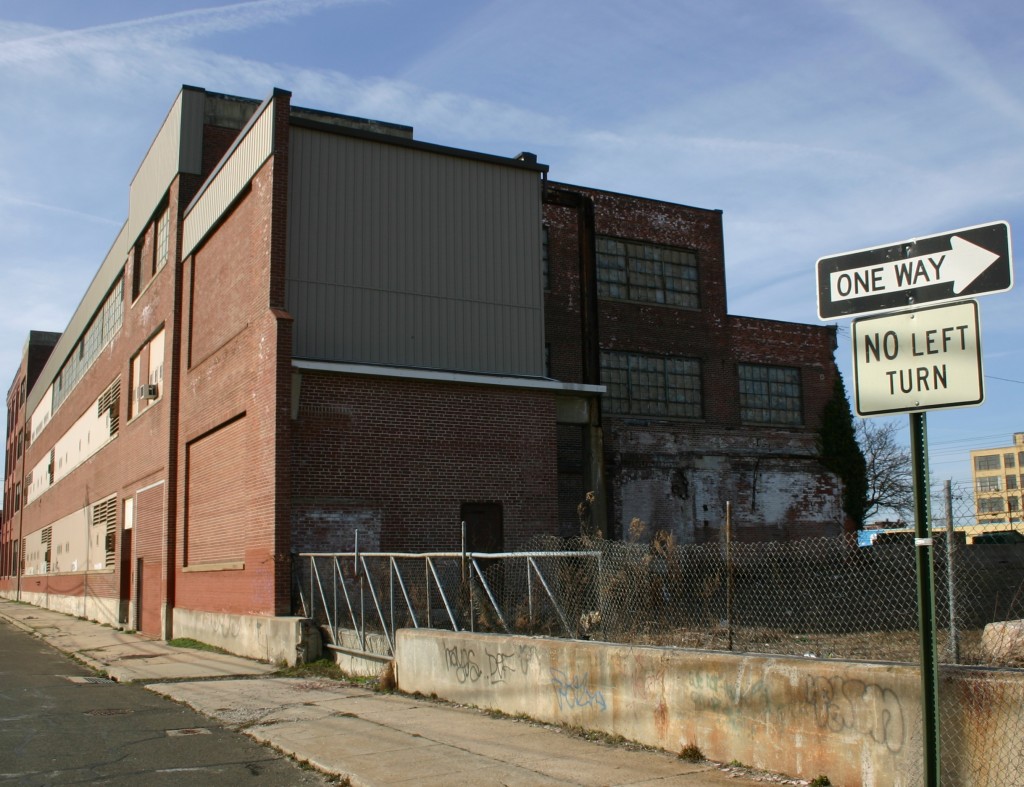 Above, another view of the former SRIC address on Walter street. At some point in the 1960s, the SRIC moved a few blocks away to the intersection of Crescent and Bunnell.
Above, another view of the former SRIC address on Walter street. At some point in the 1960s, the SRIC moved a few blocks away to the intersection of Crescent and Bunnell.
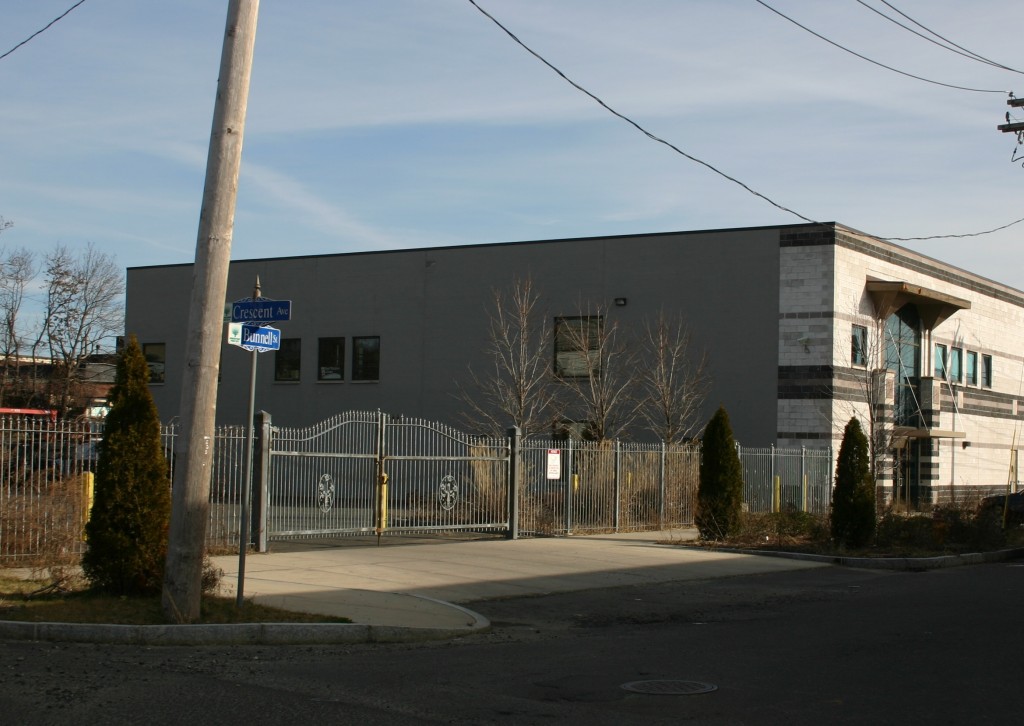 The parking-lot shown above is situated at 480 Bunnell, which is indicated as the late-60’s address of the SRIC. I’ve had various audio-related enterprises based in East Bridgeport for seven years now; in addition to GCR, my modest audio-electronics shop is located just a few minutes from Bunnell street on Connecticut ave; my old recording studio was also once based in that space. I don’t know why it never occurred to me until now to investigate the previous neighborhood connections. Bridgeport has several other notable audio-historical connections which I will be documenting soon, starting with Columbia Records. Stay tuned…
The parking-lot shown above is situated at 480 Bunnell, which is indicated as the late-60’s address of the SRIC. I’ve had various audio-related enterprises based in East Bridgeport for seven years now; in addition to GCR, my modest audio-electronics shop is located just a few minutes from Bunnell street on Connecticut ave; my old recording studio was also once based in that space. I don’t know why it never occurred to me until now to investigate the previous neighborhood connections. Bridgeport has several other notable audio-historical connections which I will be documenting soon, starting with Columbia Records. Stay tuned…
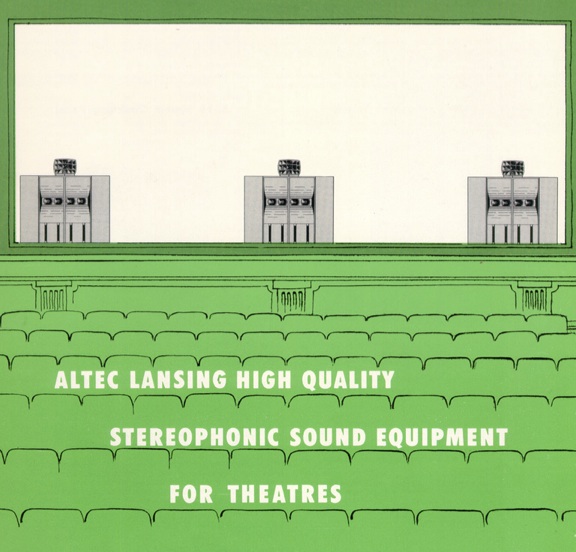 Download the four-page 1955 ‘Altec Stereophonic Sound Equipment for Theatres’ brochure:
Download the four-page 1955 ‘Altec Stereophonic Sound Equipment for Theatres’ brochure: